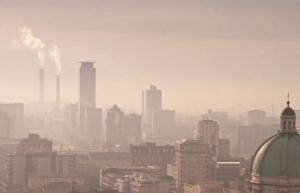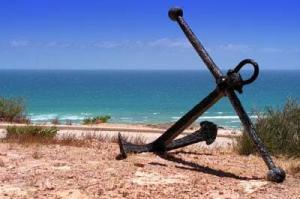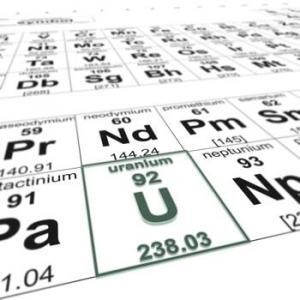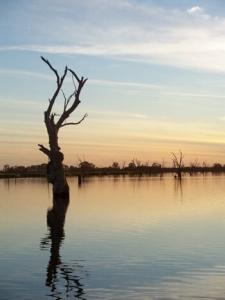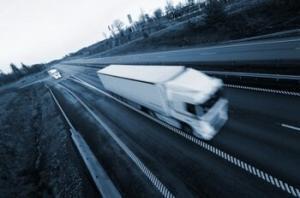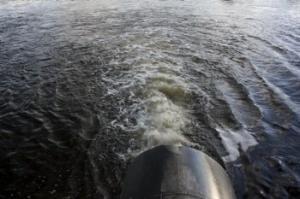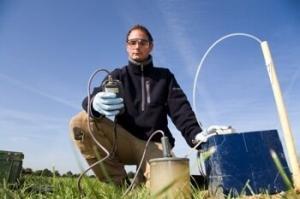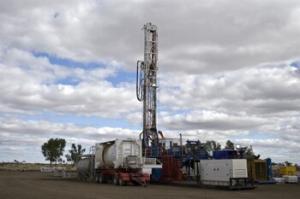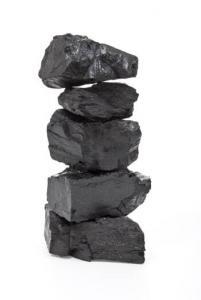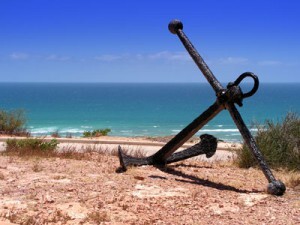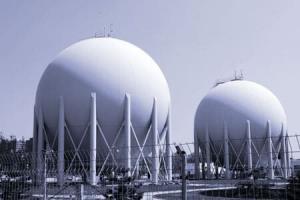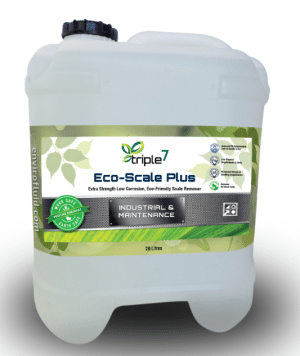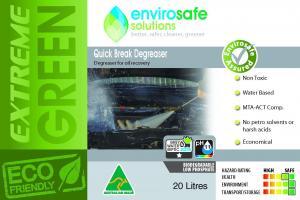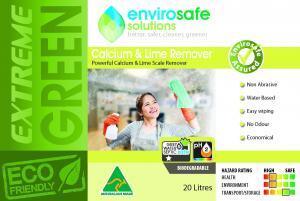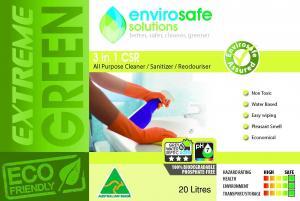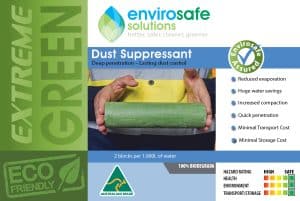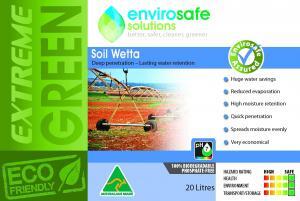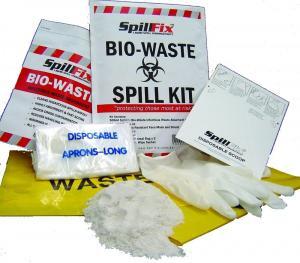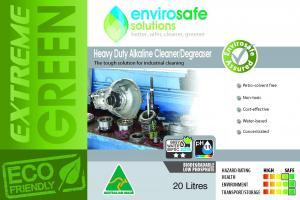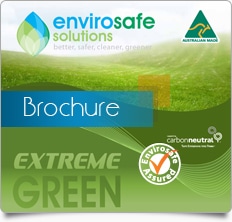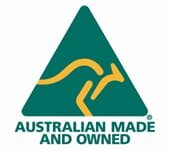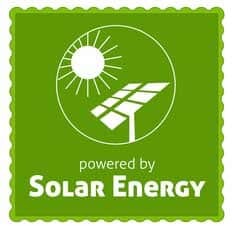 Have you thought about ‘going green’ but haven’t taken the first step? If so, you’re not alone. Buzzwords are tossed about, but how do you actually implement a green lifestyle? It begins with a different mindset. The fact is that now is the time to make simple changes that will improve your health and lifestyle and the environmental quality for workers while caring for the environment. You may already recycle but going green is so much more. Let’s look at why going green requires a different mindset and is not just a matter of sorting paper and plastic into bins.
Have you thought about ‘going green’ but haven’t taken the first step? If so, you’re not alone. Buzzwords are tossed about, but how do you actually implement a green lifestyle? It begins with a different mindset. The fact is that now is the time to make simple changes that will improve your health and lifestyle and the environmental quality for workers while caring for the environment. You may already recycle but going green is so much more. Let’s look at why going green requires a different mindset and is not just a matter of sorting paper and plastic into bins.
Going green is a habit you must develop. A green mindset involves thinking green so that thoughts are converted into acting green. In other words, you don’t just think about it; you take steps to make green living a reality at home and work. Going green is a lifestyle and not insulated acts.
It takes twenty-one days to develop a new habit or break an old one. If you start today – thinking green and acting green – you can develop a mindset in less than a month.
When developing this new healthy and environmentally safe method of thinking you will have to slough off years of doing things the ‘old way’. It will take some effort like most important changes in life – like purging your cabinets of old, toxic cleaners and replacing them with environmentally safe products for you, your home, and your office. It will require new procurement policies and procedures so that green product purchases take priority. Going green also will require staff education so that a green culture mindset is developed within the organisation.
Green Resources
Green cleaning is defined as, ‘cleaning products and processes that achieve hygienic outcomes, while demonstrating a substantially reduced risk to health and impact on the environment’.[1]
The first rule to developing a green mindset is to be thankful for Australia’s natural resources. There are many resources that we use every day that can be conserved. For example, we are fortunate to have clean fresh water anytime we turn on a faucet. Many people in the world do not have this luxury? For Australians, the green mindset asks this: How can you be thankful for clean water while at the same time conserving as much water as you can?
Asking yourself simple questions like this on a daily basis will get you on the road to green. Turning off lights when you leave a room, using green cleaning products around your home or office, and carpooling are easy ways to implement a green lifestyle.
An Easy Fix
One of the easiest ways to reinforce your new green attitude is to use green cleaners and other products in your home and office. Green cleaners and other products are safe for the environment and safe for you and your family.
When shopping for green products ensure you buy the best. There are no governmental labelling standards for green products so do not be tricked into buying products that claim to be green. A recent study revealed that people sometimes find it difficult to differentiate which cleaning products are green.[2]
Look for green products that are environmentally rated by the maker. For example, a reliable company puts all of their products through strident environmental safety testing and can document the results. Any company can claim their products are ‘green’ but it’s important for consumers and business procurement professionals to verify the claims are accurate and justified. Reading the ingredient labels and not just accepting the advertising claims is necessary.
From Your Home to the World
The small changes you make today will improve your lifestyle, your home environment, your work environment, and even provide benefits to the earth we live on. Going green requires a new and improved mindset requires thinking in terms of “green’ every time a product or lifestyle decision is made.
Small changes can begin with the purchase of products from Envirosafe Solutions (www.evss.com.au or http://www.evss.com.au./ which are designed to protect users from exposure to chemicals. Using environmentally safe products is a simple way to make a significant contribution to the environment while improving employee safety.
[1] On the Road to Green Cleaning. (Facility Management Magazine). Retrieved from http://www.fmmagazine.com.au/features/on-the-road-to-green-cleaning/
[2] Greening the Cleaning Contract. (n.d.). Retrieved from Government News: http://www.governmentnews.com.au/files/GN%20DEC-JAN%20pg44-45.pdf








